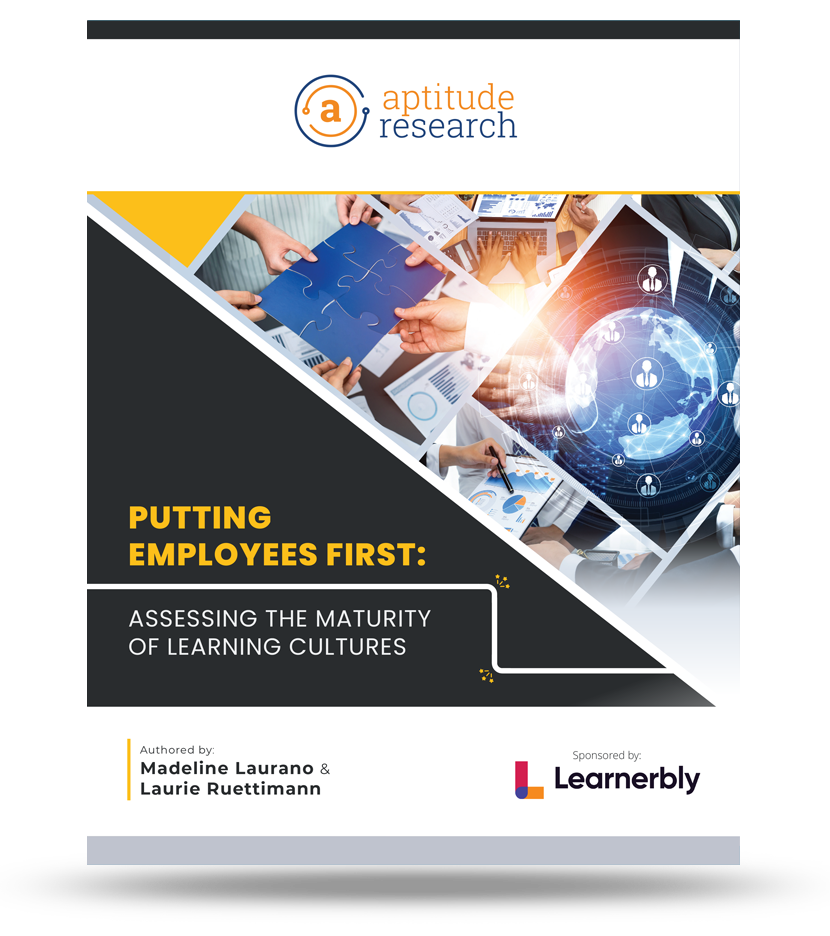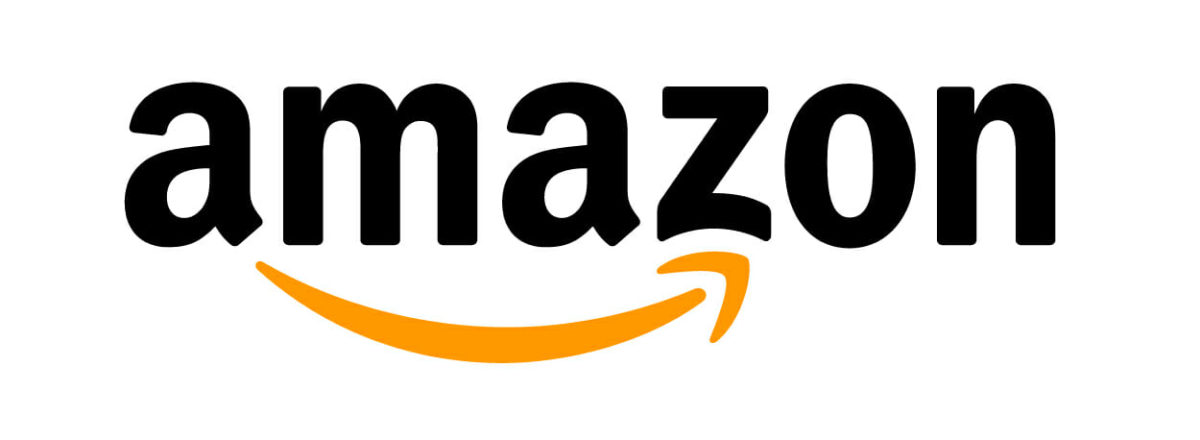We’re thrilled to announce the release of our newest research report on learning cultures! This collaborative effort brought together the expertise of our team, including the brilliant Laurie Ruettimann, and our amazing partner, Learnerbly.
One of the key highlights of this report is the introduction of a comprehensive maturity model—a tool designed to assist companies in assessing their current position and charting a course for future growth. With this model, companies can gain a clear understanding of where they stand and identify specific areas where they need to focus their efforts to enhance their learning cultures.
We found that 67% of companies are ramping up their investments in learning and development initiatives this year. This surge underscores a growing recognition among businesses of all sizes: continuous learning is essential for staying competitive and agile in the dynamic business landscape.
However, despite the increasing investment in learning initiatives, there’s a glaring gap between intention and execution. Less than half of companies express confidence in the effectiveness of their learning cultures, and only one in three are satisfied with their providers. This disconnect exposes a critical gap between investment and perceived value, highlighting the need for a paradigm shift in how organizations approach learning and development.
The significance of cultivating a strong learning culture extends beyond organizational growth—it profoundly impacts the employee experience. By fostering a learning-centric environment, companies empower employees to acquire new skills, stay engaged, and enhance performance. Yet, despite these benefits, many organizations lag behind in their approach to learning and development, treating it merely as a business benefit rather than a tool to empower individuals.
To bridge this gap, organizations must embrace a transformative approach to learning and development—one that prioritizes alignment, personalization, and inclusivity. These pillars serve as the foundation for nurturing a comprehensive learning environment that resonates with individual employee needs and fosters an inclusive and engaging atmosphere.
Personalization: Only 42% of companies personalize the learning journey for their employees. Recognizing that learning is not one-size-fits-all, organizations need to tailor learning experiences to meet the diverse needs and preferences of their workforce.
Inclusivity: Despite the pivotal role of inclusivity in fostering a diverse and equitable learning culture, only half of companies state that their learning cultures are accessible to all employees. Prioritizing inclusivity requires addressing barriers to participation and ensuring equal opportunities for all employees to engage in learning and development activities.
Alignment: One in four companies believe their investment in learning is wasted, highlighting the importance of aligning learning programs with both employer and employee expectations. By ensuring that learning initiatives address the specific needs and skill gaps of their workforce, organizations can maximize the impact of their learning investments.
Addressing the challenges of low engagement, wasted spend, and the need for greater inclusivity in learning initiatives requires organizations to take a critical look at their learning cultures and drive meaningful change. By embracing a holistic approach to learning and development—one that prioritizes alignment, personalization, and inclusivity—organizations can cultivate a learning environment that empowers individuals, drives organizational success, and fosters a culture of continuous growth and improvement.
The report is available now on the Aptitude site.



